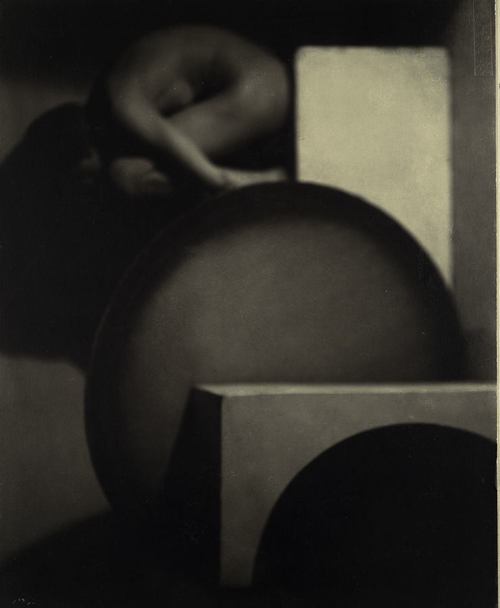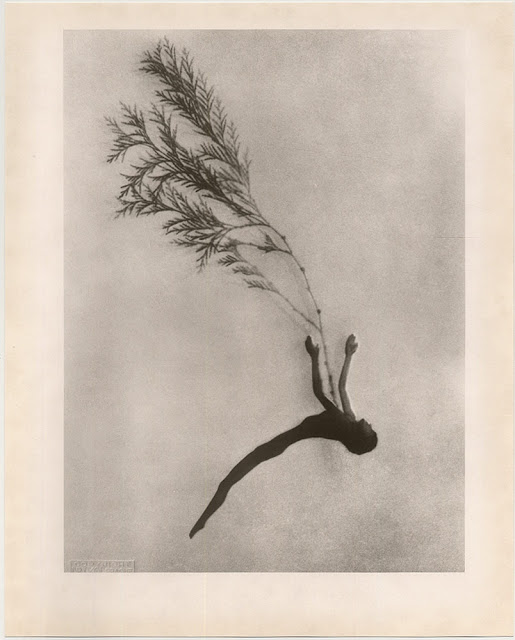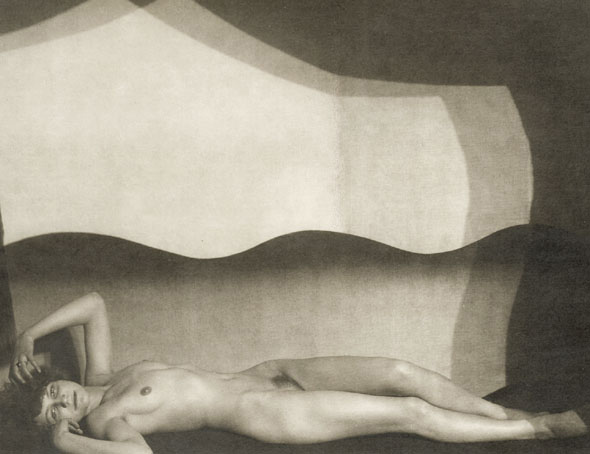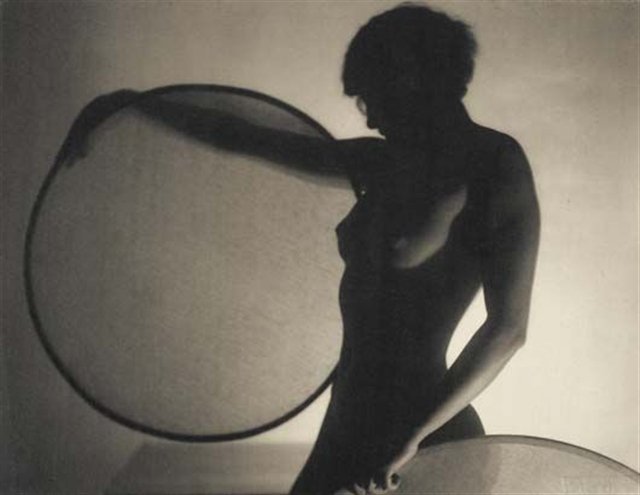Czech photographer Frantisek Drtikol is arguably one of the most important photographers of the early half of the 20th century. Born in 1883 in the mining town of Pribram, west of Prague, Drtikol would go on to study photography in Munich, where he would be heavily influenced by the Art Nouveau. Early on he divided his time among both drawing and photography, but focused primarily on the latter upon his return home; both as an art form and as a means for making a living. In the year 1910 he opened his famous photo studio in Prague, where he shot portraits of some of the most important figures of his day: Czechoslovakia's first president T.G. Masaryk, his foreign minister Edvard Benes, the composer Leos Janacek and many others whose names are legend now.
In 1935, Frantisek Drtikol abruptly gave up his photographic career to return to painting: never again would he capture the world's attention as he had since the 1920s. Frantisek Drtikol sold his studio in 1935 and slowly drifted into obscurity. It seems difficult to believe, given the immense power of his photographic work, but he died practically forgotten in 1961. A rediscovery and renewed appreciation of his work would follow only after, largely thanks to the work of art historians like Anna Farova. Today, there is no mistaking his place in the 20th century canon. [via Radio.cz]
"The eye is a great, beautiful chapter. And one that you never finish reading. I find that its range of expression keeps expanding, depending on how the sharpness of my own eye improves and how my empathy for other people deepens. The glint of an eye... A model once came to me: a gaunt, plain face, a thin body, but uncommonly pretty eyes - large and sad. I would have liked to place those eyes somewhere in a void, so they could live a completely separate life, so they could live through their sad beauty." ~ Drtikol
"I am inspired by three things: decorativeness, motion, and the stillness and expression of individual lines. I then use the background and props - simple objects such as circles, wavy lines and columns - accordingly. I let the beauty of the line itself make an impact, without embellishment, by suppressing everything that is secondary... or else I use the body as a decorative object, positioning it in various settings and lights. This is how I create all my pictures." ~ Drtikol
In 1935, Frantisek Drtikol abruptly gave up his photographic career to return to painting: never again would he capture the world's attention as he had since the 1920s. Frantisek Drtikol sold his studio in 1935 and slowly drifted into obscurity. It seems difficult to believe, given the immense power of his photographic work, but he died practically forgotten in 1961. A rediscovery and renewed appreciation of his work would follow only after, largely thanks to the work of art historians like Anna Farova. Today, there is no mistaking his place in the 20th century canon. [via Radio.cz]
"The eye is a great, beautiful chapter. And one that you never finish reading. I find that its range of expression keeps expanding, depending on how the sharpness of my own eye improves and how my empathy for other people deepens. The glint of an eye... A model once came to me: a gaunt, plain face, a thin body, but uncommonly pretty eyes - large and sad. I would have liked to place those eyes somewhere in a void, so they could live a completely separate life, so they could live through their sad beauty." ~ Drtikol

































No comments:
Post a Comment